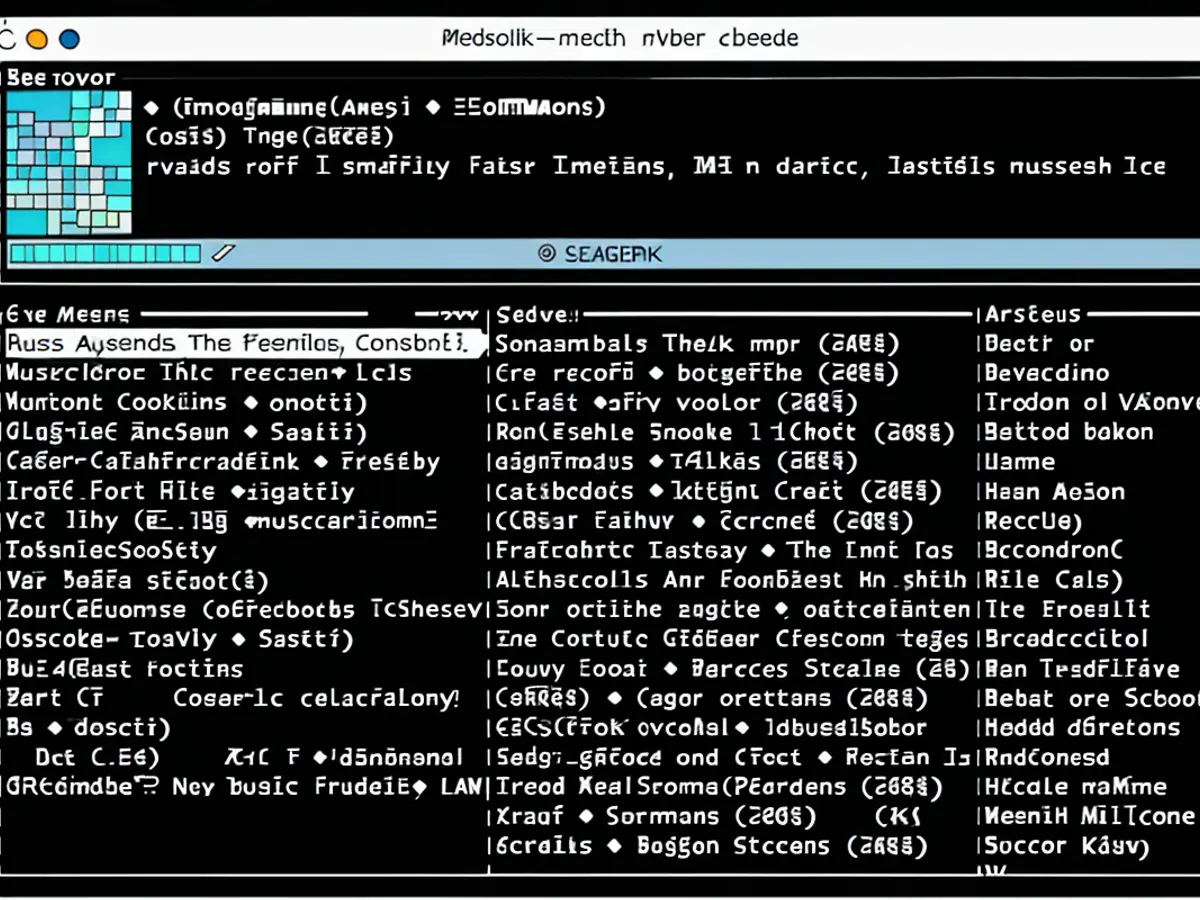Experts’ opinions diverge regarding the prevalence of infidelity within ostensibly monogamous relationships, with estimates ranging from 11 to 50 percent. However, many studies and surveys suggest that the figure typically hovers around 20 to 25 percent, a statistically significant range.
In the era of instantaneous digital communication, the risk of being caught in acts of infidelity has heightened due to the extensive information trail left behind. Despite one’s meticulous attempts to conceal indiscretions, various avenues exist for partners to uncover such betrayals.
Merely deleting content from electronic devices does not ensure its permanent erasure, as specialized computer forensics firms specialize in data recovery for suspicious partners and clients. Additionally, readily available recovery tools, tracking software, and monitoring hardware facilitate the detection of illicit activities. Even traditional methods, such as hiring a private investigator, have been augmented with modern surveillance technologies.
Intrusive partners can uncover incriminating evidence without professional assistance by scrutinizing shared computers, phones, and frequented social media platforms. Signs of potential betrayal, ranging from physical evidence like lipstick stains or receipts to behavioral cues such as guilt or suspicion, pose risks to cheaters. However, the same technological advancements that aid in infidelity also present novel avenues for slip-ups.
Despite ethical considerations and the threat of exposure, a portion of individuals continues to engage in extramarital affairs. Below are 11 ways technology, paradoxically assisting in such indiscretions, can betray cheating partners:
Browser History
Web browsing activities, including autofill data and targeted ads, leave traces accessible to anyone with access to the computer. Deleting browsing history may not suffice, as cookies can reveal visited sites and permit unauthorized access to accounts.
Automatic Login and Password Storage
Default settings and password-saving features in software applications and browsers can compromise account security, facilitating unauthorized access.
Keyloggers and Stalking Apps
Malware and tracking applications, akin to those used by hackers, can record keystrokes or monitor smartphone activities, potentially revealing illicit behavior.
Saved IM History Logs
Instant messaging clients may store chat transcripts on the computer, which can be accessed by partners. Desktop indexing applications further facilitate the discovery of private exchanges.
GPS Trackers and Recording Devices
Affordable GPS tracking devices and voice-activated recording devices enable partners to monitor locations and capture incriminating audio covertly.
Sexting Apps That Give Users a False Sense of Security
Messaging applications offering self-destructing messages may not guarantee privacy, as recipients can capture screenshots or save interactions.
Mobile Device Call and Text Histories
Cell phones retain call and text histories, providing insight into communication patterns and potentially exposing illicit relationships.
Auto-notification Emails and Account Statements
Electronic notifications and online statements may inadvertently disclose suspicious activities, even if physical evidence is absent.
Social Media Might Not Be as Private as You Think
Social media platforms collect extensive user data, and inadvertent disclosures by friends or apps can compromise privacy settings.
Human Error
Mistakes in digital communication, such as sending messages to the wrong recipient or posting content publicly, increase the likelihood of discovery, highlighting the inherent risks of engaging in extramarital affairs.
Ultimately, the proliferation of technology has reshaped the landscape of infidelity, amplifying both the means of betrayal and the risks of exposure in modern relationships.



